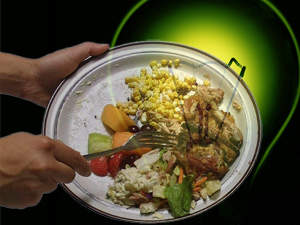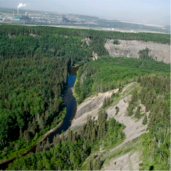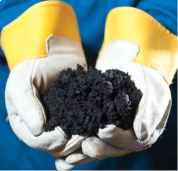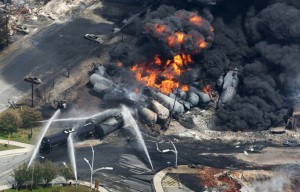Climate change means rising temperatures and more frequent storms. According to the EPA, heavy precipitation has increased in the last ten years, and global average sea level has risen 7 inches over the last century. The seas are becoming warmer, and this may cause more powerful storms. Looking at the destruction from past super storms such as Hurricane Sandy, it is evident that future storms will negatively impact coastal communities. The question is, should coastal communities be allowed to rebuild after destruction?
When answering this question, the distinction between commercial businesses like Atlantic City and coastal residential neighborhoods should be kept in mind. Furthermore, the interest of the tax-payers has to be considered when answering this question.
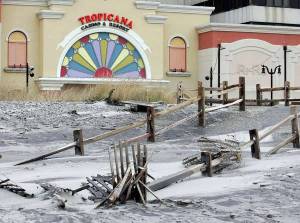 In Atlantic City, rooftops were torn from multiple casinos and hotels. Should money really be invested to try to save these already failing businesses? These businesses are already facing unemployment and decreases in revenue. Two of the four boardwalk hotels have already closed for financial reasons. In 2009, this industry suffered financial losses of about $938 million. For example, The Revel Casino Hotel, cost $2.4 billion to open but closed this past September due to bankruptcy. Super storms will only make this failing community worse. If the state mandates that these businesses get more than adequate insurance coverage from solidly solvent insurance companies, then tax payers will not be affected. Therefore, these businesses should only be allowed to rebuild if they have adequate insurance coverage and if they are exempt from financial assistance from federal and state emergency management agencies.
In Atlantic City, rooftops were torn from multiple casinos and hotels. Should money really be invested to try to save these already failing businesses? These businesses are already facing unemployment and decreases in revenue. Two of the four boardwalk hotels have already closed for financial reasons. In 2009, this industry suffered financial losses of about $938 million. For example, The Revel Casino Hotel, cost $2.4 billion to open but closed this past September due to bankruptcy. Super storms will only make this failing community worse. If the state mandates that these businesses get more than adequate insurance coverage from solidly solvent insurance companies, then tax payers will not be affected. Therefore, these businesses should only be allowed to rebuild if they have adequate insurance coverage and if they are exempt from financial assistance from federal and state emergency management agencies.
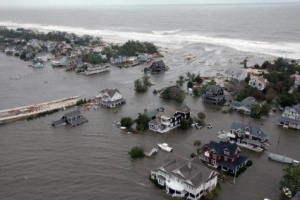 In New Jersey coastal residential neighborhoods, $759 million was spent to help the residents rebuild after Hurricane Sandy. Clearly, these houses were not flood adapted since they faced such immense destruction. Should residential coastal communities be allowed to rebuild? Residential communities have a sentimental and cultural value to many people living there for generations. Therefore, YES, they should but only if proper flood adapted infrastructure is a priority. Building codes need to be re-written and homes should be raised. Other adaptations for transportation in the community should be made as well. Without these adaptations such as the stricter building codes, the communities should not be allowed to rebuild due to millions of federal aid, which could be used for other projects.
In New Jersey coastal residential neighborhoods, $759 million was spent to help the residents rebuild after Hurricane Sandy. Clearly, these houses were not flood adapted since they faced such immense destruction. Should residential coastal communities be allowed to rebuild? Residential communities have a sentimental and cultural value to many people living there for generations. Therefore, YES, they should but only if proper flood adapted infrastructure is a priority. Building codes need to be re-written and homes should be raised. Other adaptations for transportation in the community should be made as well. Without these adaptations such as the stricter building codes, the communities should not be allowed to rebuild due to millions of federal aid, which could be used for other projects.
As evident, this is a complicated issue with economical and social factors involved. As shown, the rebuilding of coastal communities involves not only the residents and businesses of the communities, but also the wallets of tax payers who do not live in these areas. Therefore, the adaptations of insurance coverage, changes in building codes, and infrastructural adaptations must take place in order for the rebuilding of coastal communities.




